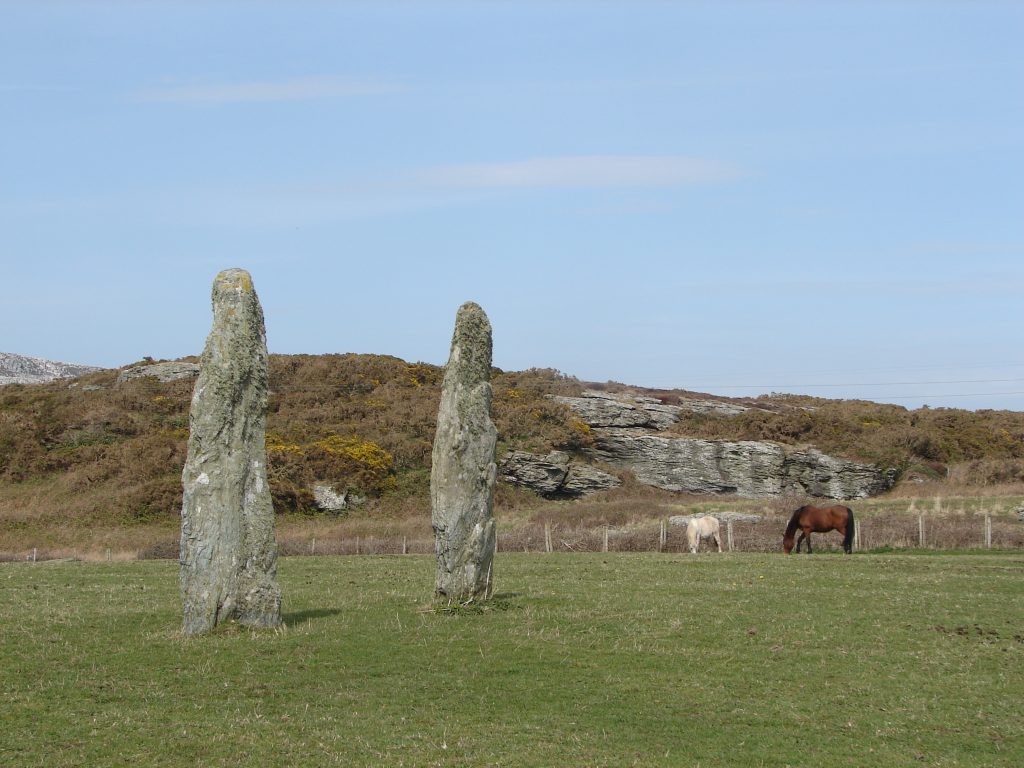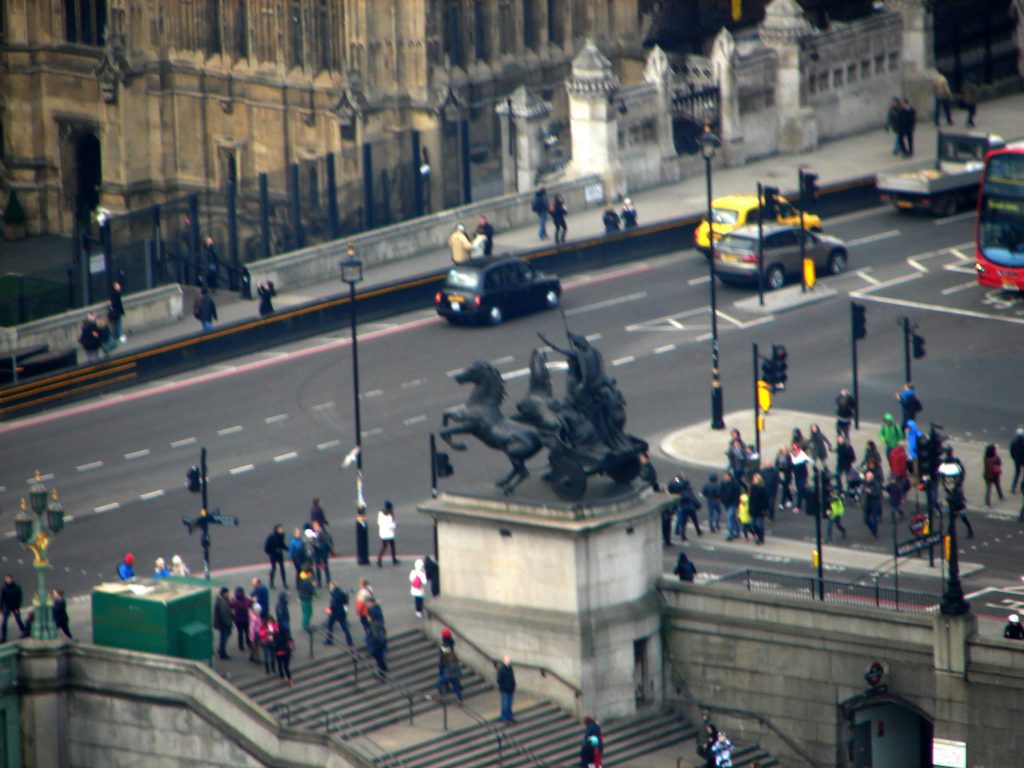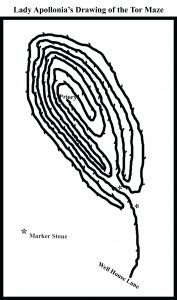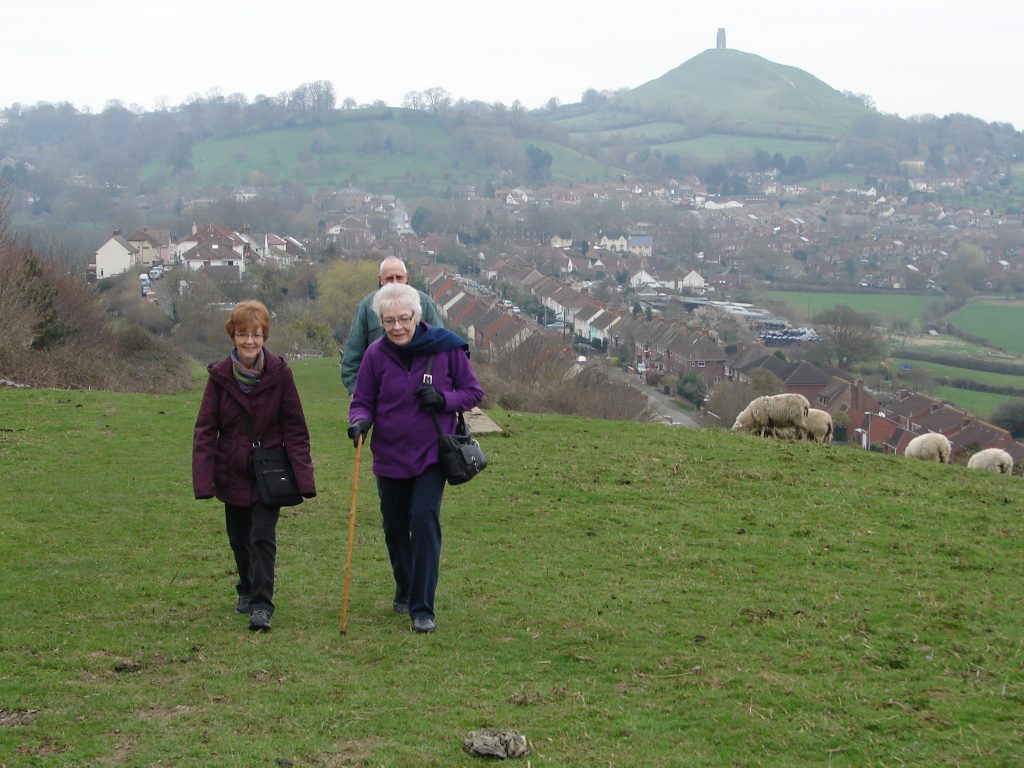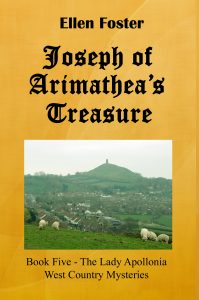 Glastonbury Tor, important in Joseph of Arimathea’s Treasure, my fifth book in the Lady Apollonia West Country Mystery Series, is shown on the cover of the paperback version of my novel. The Tor was of great interest to the Celtic people who inhabited Britain from before the Roman occupation of the island. The learned priestly leaders of the Celts were called Druids, and I wanted to bring two characters into Joseph of Arimathea’s Treasure who were Druids from Ireland. In this posting, let me tell you something about Druids and how I stretched history just a bit to include them in my story.
Glastonbury Tor, important in Joseph of Arimathea’s Treasure, my fifth book in the Lady Apollonia West Country Mystery Series, is shown on the cover of the paperback version of my novel. The Tor was of great interest to the Celtic people who inhabited Britain from before the Roman occupation of the island. The learned priestly leaders of the Celts were called Druids, and I wanted to bring two characters into Joseph of Arimathea’s Treasure who were Druids from Ireland. In this posting, let me tell you something about Druids and how I stretched history just a bit to include them in my story.
Druids are first mentioned around the third century BCE, but not in their own words because they kept no written records until many of them were Christianized. Julius Caesar wrote about them through his encounters with the Gaul’s, Celtic peoples in what is now France. Caesar found that the Druids were an elite class of the Celts and religious leaders who oversaw public and private sacrifices. They rendered judgments in both private and public quarrels. He also stated that they abstained from warfare, paid no tribute, and were not bound by Celtic tribal boundaries. Their training could take two decades as they specialized in ancient verse, natural philosophy, astronomy, and lore of the gods. The Romans suppressed the Druids in Gaul in AD 14-31 during the reign of Emperor Tiberius.
In Britain, the Druids were very important because although there were many different tribes of Celtic peoples, the Druids served all of them. Much of their training was done on the Isle of Anglesey off the northwest corner of Wales, and a scene from that island is shown above. After the Roman occupation of Britain by Emperor Claudius, the Romans also tried to suppress and destroy the power of the British Druids but were not entirely successful.
Christianity came to Britain while the Romans still occupied the island. Many of the Celts converted and the Celtic Druids lost their priestly functions. They did, however, retain their traditional roles as poets, historians, and judges. They continued to be an elite class which persisted in Wales and Ireland as bards and seers at least into the 13th century.
It must be noted that women frequently played an important leadership role in Celtic society, and this carried over to the Druids. The picture shown above is a statue, in the Westminster area of London, honoring the Celtic warrior Boudica who led armed resistance against the Romans. This importance of women in Celtic and Druid society led me to create one of the two Druids in my story as a woman.
Because Druidic influence hung on longer in Wales and Ireland than in England, I decided to work into my story two Druids from Ireland, a man named Conomorus and his mother, Eponina. (Their important influence in Ireland was plausible for the 13th century but might be stretching things a bit for the 14th century setting of my story.)
In my story, a ritual foretold by a Druid oracle to be performed atop Glastonbury Tor served as motivation for their trip from Ireland to England. The two Druids appear in the prologue of my book, entering England at Aust. There, they worshipped Sabrann, the Celtic god of the River Severn, before making their way to Cottage Grove Farm near Glastonbury Tor. My story describes their adventures, and I will not be a spoiler except to say that Lady Apollonia does meet Conomorus, and they establish a relationship which continues in my seventh novel, Usurper’s Curse.
See you next time.
